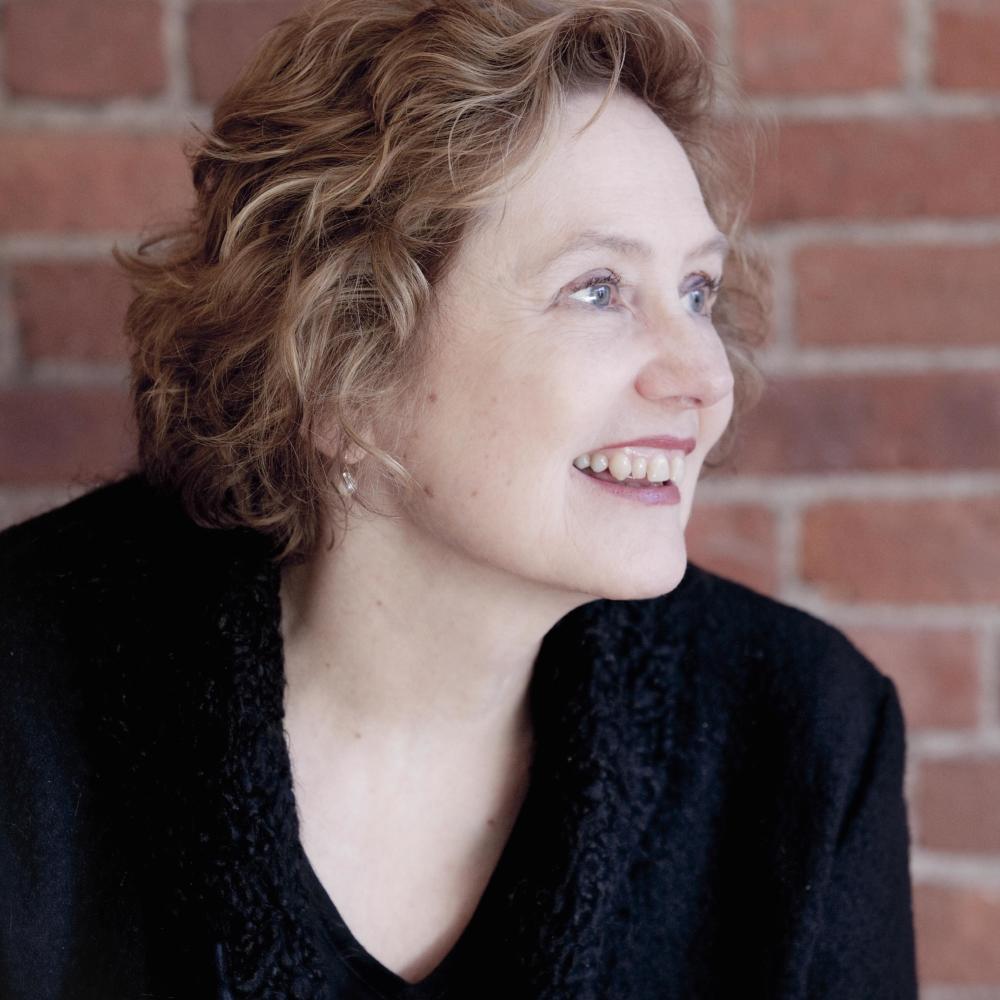I frequently write about The Shakers, a faith that arose during the 1770’s, in my books. Most of my mysteries take place in the 1790’s (I am up to 1797 right now) and although the Shakers are not central to the plot and setting in every book, they are a feature in every single one so far.

Eleanor Kuhns by Rana Faure
The Shakers are considered the first American religion. They began, however, in the late 1760’s in England, Manchester to be exact. And it was begun by a woman: Mother Ann Lee. She joined the Quakers but she didn’t agree with many of the teachings or their style of worship. The Shakers, who called themselves the United Society of Believers in Christ’s Second Coming, earned the name Shakers from ‘Shaking Quakers’ for their ecstatic services.
In 1774 Mother Ann Lee set sail for the Colonies with eight followers. They landed in New York, traveled north to set up their first home about seven miles north of Albany. (Parts of the Shakers’ fields are now under the Albany airport’s runways.) The community was first called Niskeyuna but the name was changed to Waterlviet.
The Shakers held many beliefs that were suspect in this time period. Like many of the faiths then (the Quakers, the Amish), they were Pacifists. This caused no end of trouble during the Revolutionary War when both British and Colonial Soldiers viewed them as traitors and spies.
Perhaps one of the most controversial practices, and one set by Mother Lee, was celibacy. She was married (Lee is her married name) and bore four children but all four died in infancy. One interpretation is that the sorrow caused by the deaths of her children led her to believe all the problems of the world came down to sex. The Shakers, therefore, depended upon the adoption of orphans and other recruits to fill their ranks.
They also believe in the equality of men and women. In a time when widows could not inherit from their husbands unless specifically named in the will, and were thus the wards of their eldest son, Eldresses shared equal responsibility for the governance of the communities with the Elders and the Sisters enjoyed equal say with the Brothers. In fact, in the late 1790’s the entire, and by now far-flung Shaker society, were led by a woman: Lucy Wright.
Like the Quakers, the Shakers were abolitionists and believed in the worth of every human being. They accepted black people, including escaped slaves, into their fold. This was another reason for the suspicion with which their neighbors viewed them.
Besides the equality of both women and black people among their group, the Shakers were also very progressive in the matter of education. Illiteracy was more common than not at that time, and was especially high for girls and women. The Shakers educated both boys and girls: girls in the summer and boys in the winter.
The Society enjoyed a high of almost twenty thousand members just before the United States’ Civil War and had communities from Maine to Kentucky, New Hampshire to Ohio. All but one of the communities are now living museums or in ruins. After the Civil War the number of applicants declined sharply, due primarily to the shift from an agricultural economy to a more industrial one. There were simply more options for women and others to choose among.
The only remaining Shaker community left now is Sabbathday Lake in Maine. When I began researching my first book, A Simple Murder, there were still eleven living Shakers remaining. As of two months ago, with the death of one of the Eldresses, the number has shrunk to three.


